러시아 지대공미사일 S-400 훈련모습 2014.5.12
만세보령 | 2014-05-25 19:52:04
조회 33317 | 추천 1 | 다운로드 0
지난 5월 12일 중국인민해방군 공군 홈피에 올라온 러시아 방공군 s-400훈련 모습입니다.
s-400 트라이엄프, 나토 코드명 sa-21의 성능은
저 아래 스펙과 데겔 사이트에 게재된 설명을 원문으로 붙였습니다.
http://blog.naver.com/spikezero77
잡다한 블로그 하나 개설했습니다..
k1,k21 실사격 동영상도 올려놓았습니다..많이들 놀러와주세용..^^
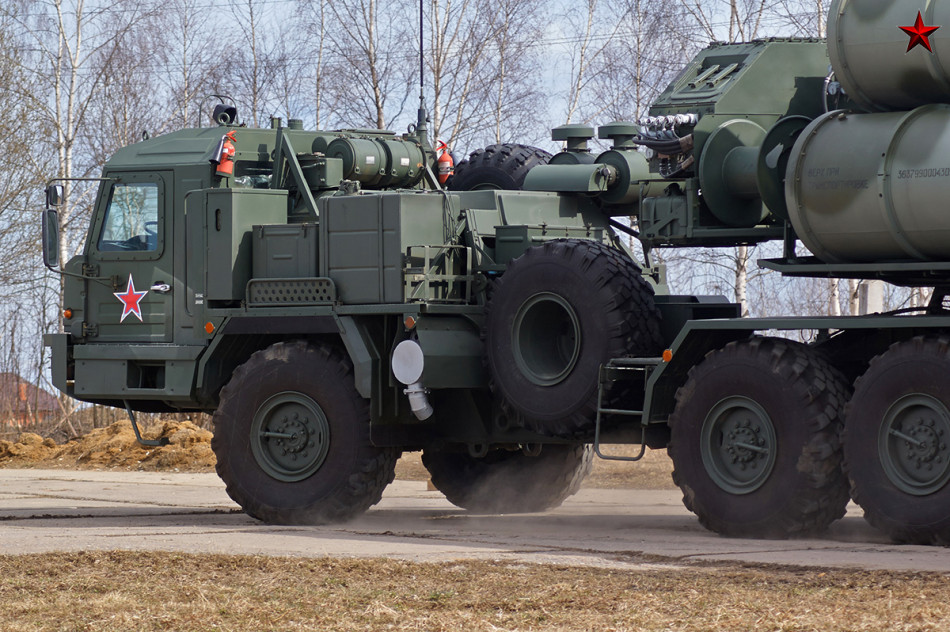
S-400 Specifications
Performance
Max Detection Range: 600 kilometer
Target's Max Altitude: 30,000 meter (98,425 foot)
Target's Min Altitude: 10 meter
Weapon Max Range: 400 kilometer
Weapon Min Range: 2 kilometer
Speed
Target's Max Speed: 4,800 mps (14.5 mach)
Time
Service Life: 20 year
SetUp Time: 5 minute (0.08 hour)
Description: The S-400 Triumf, SA-21 Growler NATO-codename, is a state-of-the-art air defense system based upon the proven S-300 surface-to-air missile (SAM) system from the Soviet era. It has been designed to replace existing S-200 and S-300 systems used by the Russian Armed Forces. Some reports suggest that the Russian Army seeks to deploy the S-400 as the sole medium- and long-range ground-based SAM system in their inventory. The Triumf is able to counter saturation attacks with superior simultaneous target engagement capability than any other existing version of S-300 SAM system in heavy clutter and jamming environments. It can engage up to 10 airborne targets simultaneously providing guidance for 20 missiles, two missiles per target to maximize kill probability, compared with S-300's six targets and 12 missiles.
The Triumf extended range air defense system has been designed to engage a wide spectrum of airborne threats at ranges of up to 250 kilometers including electronic warfare (EW) aircraft, strategic bombers, tactical fighter aircraft, strike aircraft, cruise missiles, airborne early warning aircraft such as NATO's E-3 Sentry, tactical ballistic missiles, intermediate-range ballistic missiles (IRBMs) and other hypersonic threats projected by at least 2030. To do so, it relies on the 48N6E2 missile introduced with the S-300PMU2 SAM system and the newest 48N6E3 missile featuring a range of 250 kilometers and enhanced capability against IRBM missiles. In its anti-ballistic missile (ABM) role, the 48N6E3 missile can engage ballistic missiles with a maximum range of 3,500 km flying at 4,800 meters per second at distances between 7 to 60 kilometers.
The S-400 SAM system comprises a 55K6E command post, eight to 12 5P85SE2 launch vehicles carrying either four 48N6E3 or 48N6E2 surface-to-air missiles, 91N6E surveillance and tracking radar system, 92N6E multi-role fire control radar system, 5P85TE2 re-supply vehicles and several support vehicles. The surveillance radar system has a maximum detection range of 600 kilometers compared to 300 km on the S-300. All the items are mounted on high mobility wheeled chassis with an average life cycle of 20 years. These vehicles can be transported using airlift aircraft, train and/or vessels. The S-400's radar systems feature enhanced performance against small and stealth targets such as Unmanned Air Vehicles (UAVs) and low-observable aircraft such as the F-22 and F-35 fighters.
The 9M96 is an extremely maneuverable surface-to-air missile intended to engage both air breathing and ballistic threats at ranges of up to 120 km. A 400 kilometers range missile could have been developed under the S-400 program to engage large, low maneuverable aircraft such as E-3 AWACS, tanker and military transport aircraft. These aircrafts are highly valuable assets for the kind of air warfare carried out by the United States of America Armed Forces and its NATO allies, thus the importance of shooting them down with an specific missile. The 9M96 and 400 km missile existence remains uncertain but may form the basis of an upgraded S-400 system. It is rumored that the S-400 will also be the basis for the future Russian surface ship's advanced air defense system (S-400F?).
The S-400 entered service with the Russian Armed Forces on April 28, 2007, replacing the S-300 air defense system. As of September 2008, Russia has two systems already in active duty. The Russian Army plans call for the fielding of 18 battalions by 2020 as the backbone of its surface-to-air missile capabilities. Belarus is set to become the first export customer. In April 2009 during IDEF exhibition in Istanbul Rosoboronexport released that the Turkish government had expressed strong interest in the buy of S-400 air defense systems.
많이들 놀러와 주세용 ^^
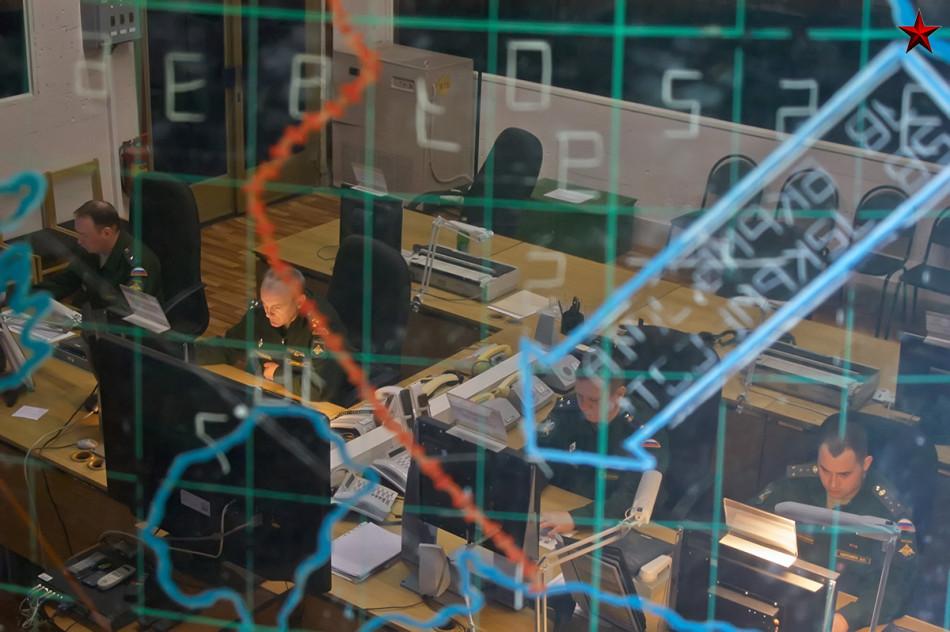
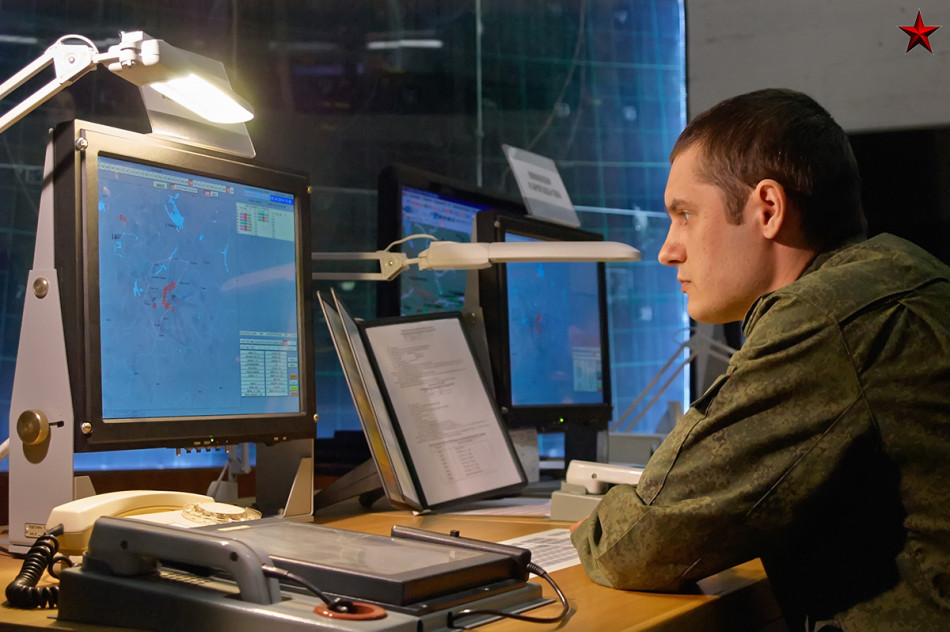
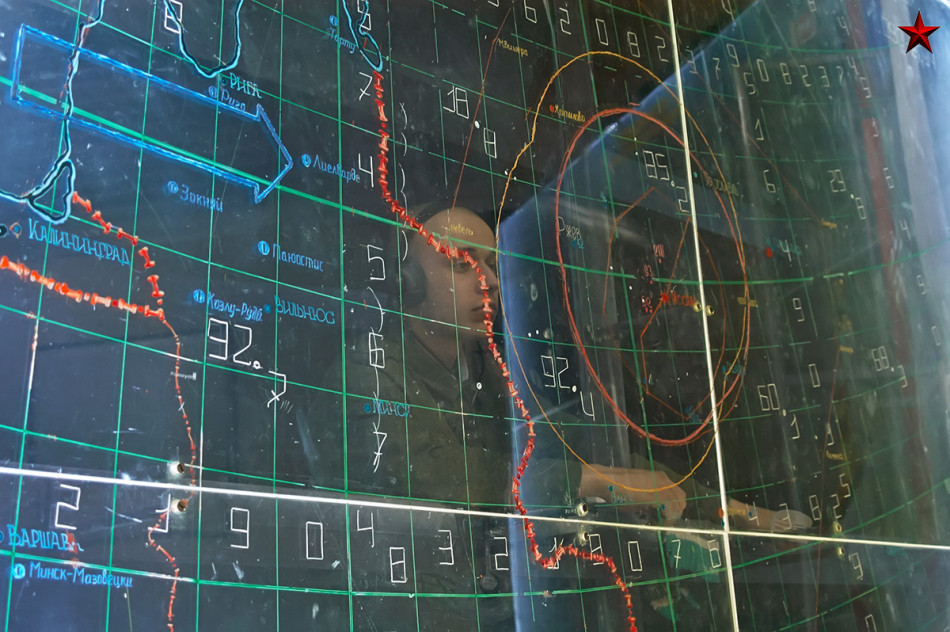
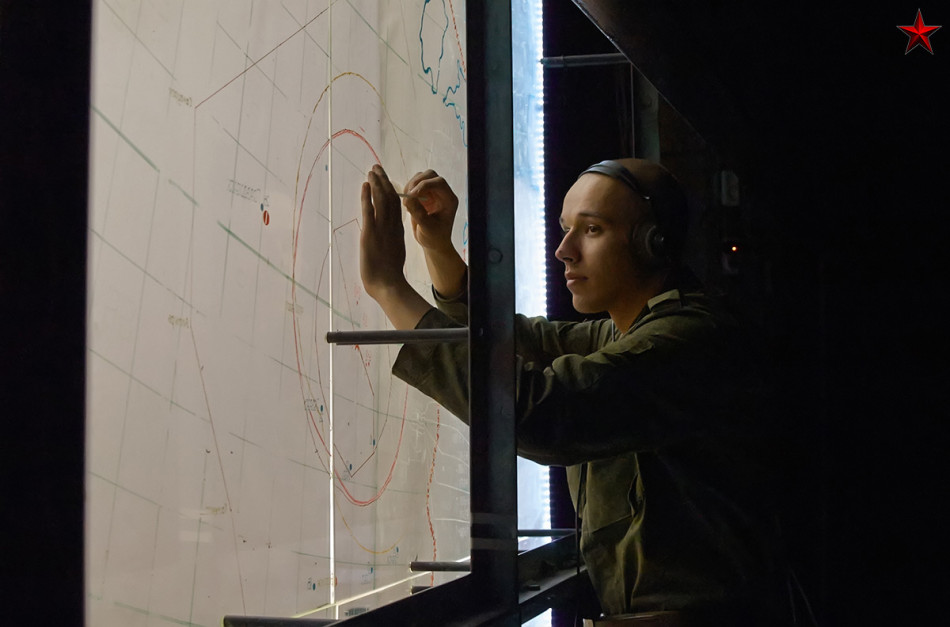



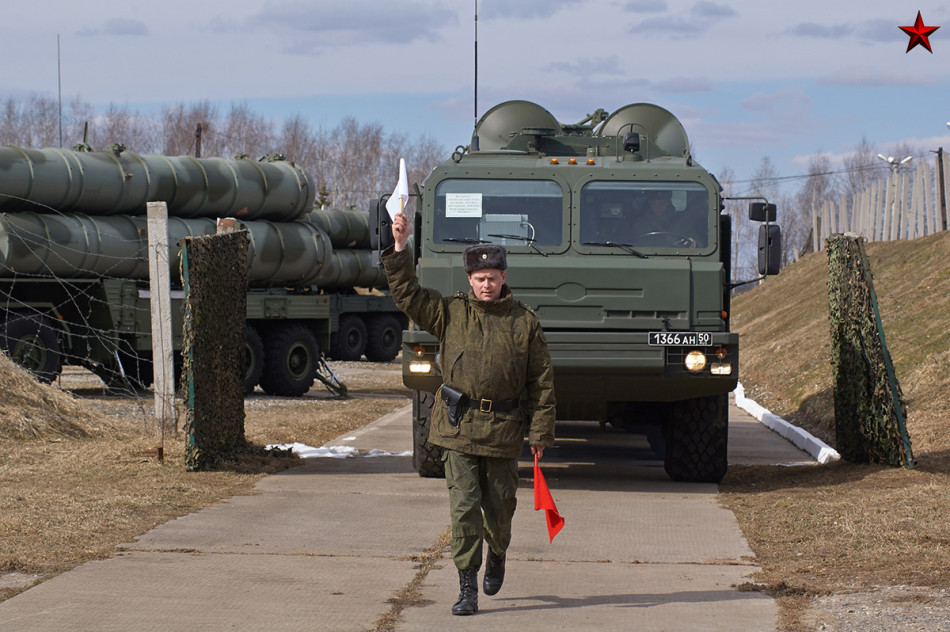
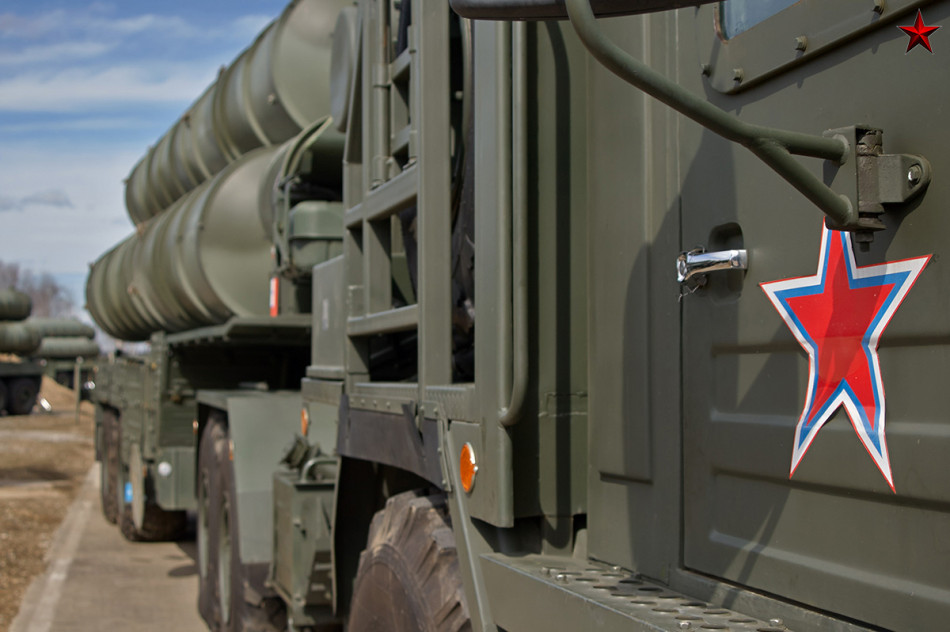
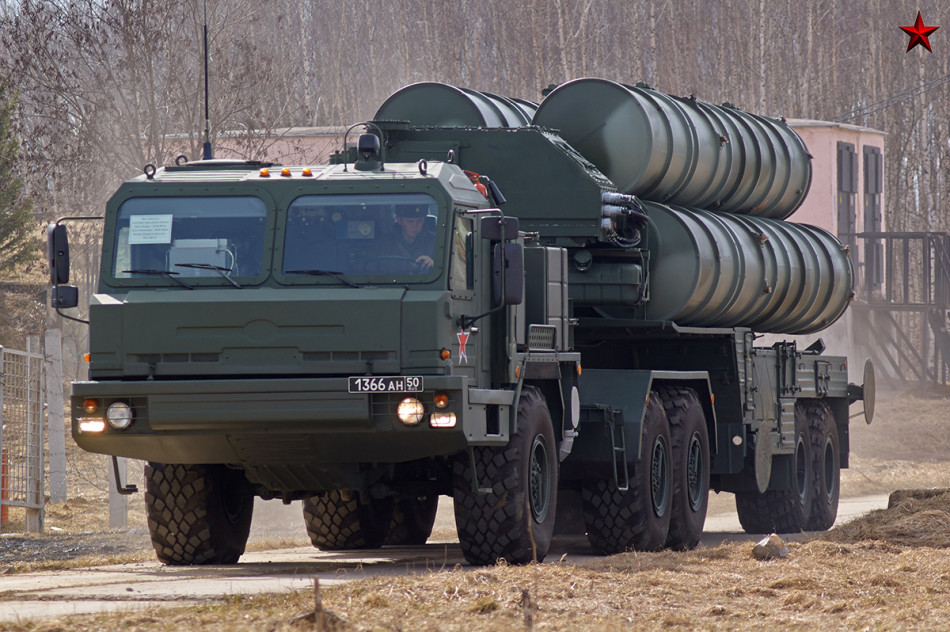
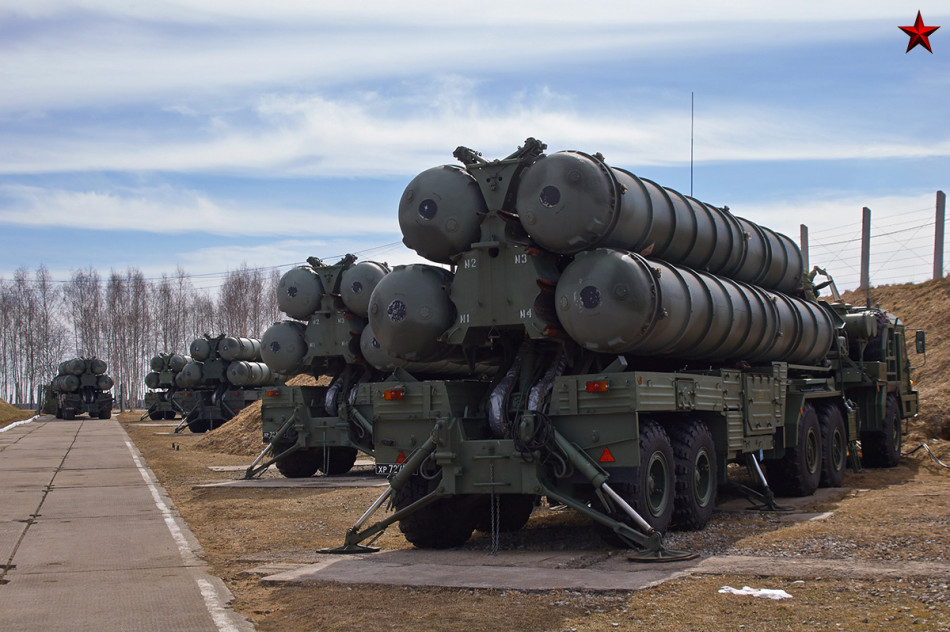


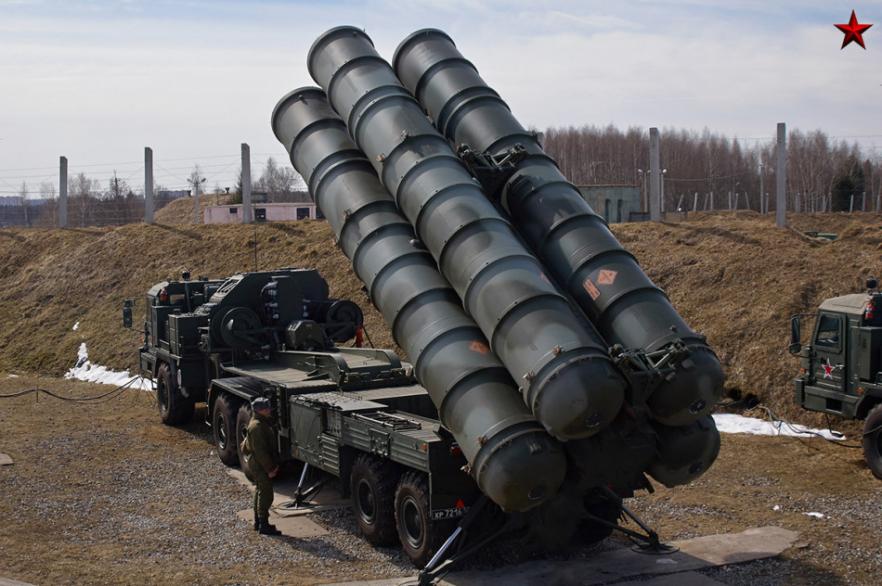
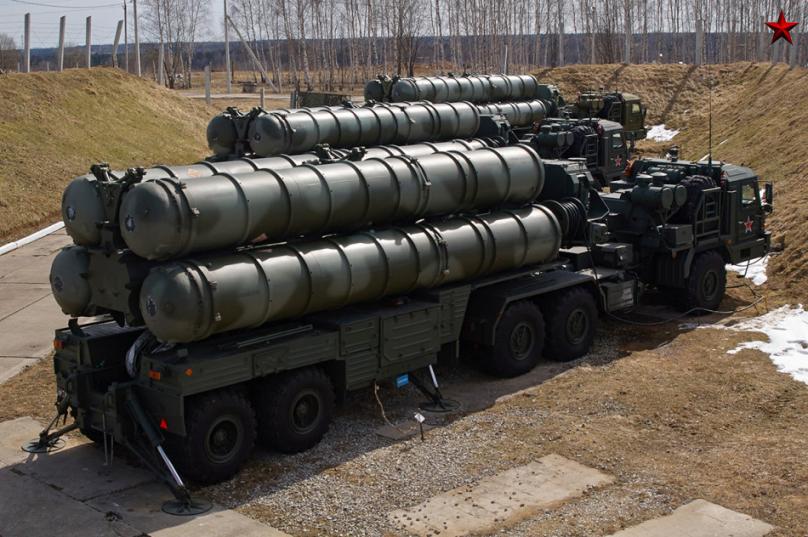

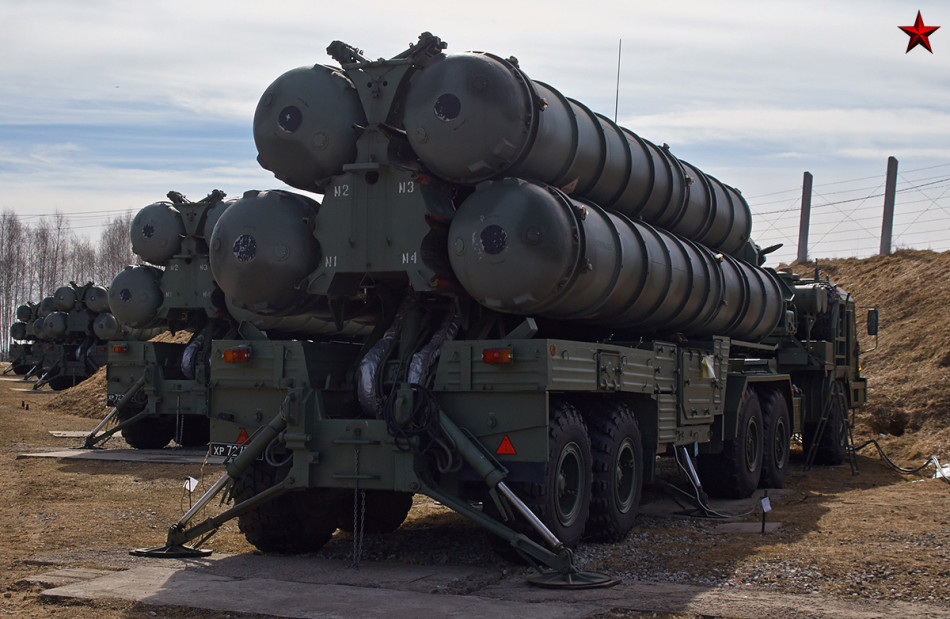




 1
1


댓글 [19]
나이트세이버 | 2014-05-29 | 추천 0
데스윙 | 2014-05-29 | 추천 0
비밀임 | 2014-05-28 | 추천 0
조종수 | 2014-05-26 | 추천 0
4.2 | 2014-05-26 | 추천 0
근데 또 좋게? 생각하면 시작이 반이라고 반은 한거니 더 협력할수도있다고 보는데...
제가 꾸준히 주장?하는 팍크파의 공동개발과 KFX의 기술도입선으로서 좋을것같은데 어떻게 보시는지 궁금하네요.
철매가 예산상의 문제라면 이건 정치적문제일까요???
제온 | 2014-05-26 | 추천 0
에리아이 | 2014-05-26 | 추천 0
당연히 중앙통제본부가 필요합니다요.
4.2 | 2014-05-26 | 추천 0
제온 | 2014-05-26 | 추천 0
훈스 | 2014-05-26 | 추천 0
부산 앞바다에 하나, 울산에 하나, 울릉도에 하나, 제주도에 하나, 영종도에 하나 목포나 평택에 하나 딱 놔두면,,, 저치들 조기 경보기 올라탈때마다 똥줄이 마를텐데 말입니다.
매버릭스 | 2014-05-25 | 추천 0
ㅋㅋㅋ | 2014-05-25 | 추천 0
크렐김 | 2014-05-25 | 추천 0
Lord of Admiral | 2014-05-25 | 추천 0
흥정의 왕 | 2014-05-25 | 추천 0
제리15 | 2014-05-25 | 추천 1
scarlet | 2014-05-25 | 추천 1
훈스 | 2014-05-25 | 추천 0
저걸 모로 부셔야 되려나??? 솔직히 저 포대하나 독립만 놓고 본다면, 어떻게 가능하겠다는 생각도 들겠지만,,, 주변에 다른 체제들로 백업이라,, 저놈 뽀개기가 모로 뽀개야 할런지... 쪼까 거시기하죠
만세보령 | 2014-05-25 | 추천 0
택티컬파우치 | 2014-05-25 | 추천 2